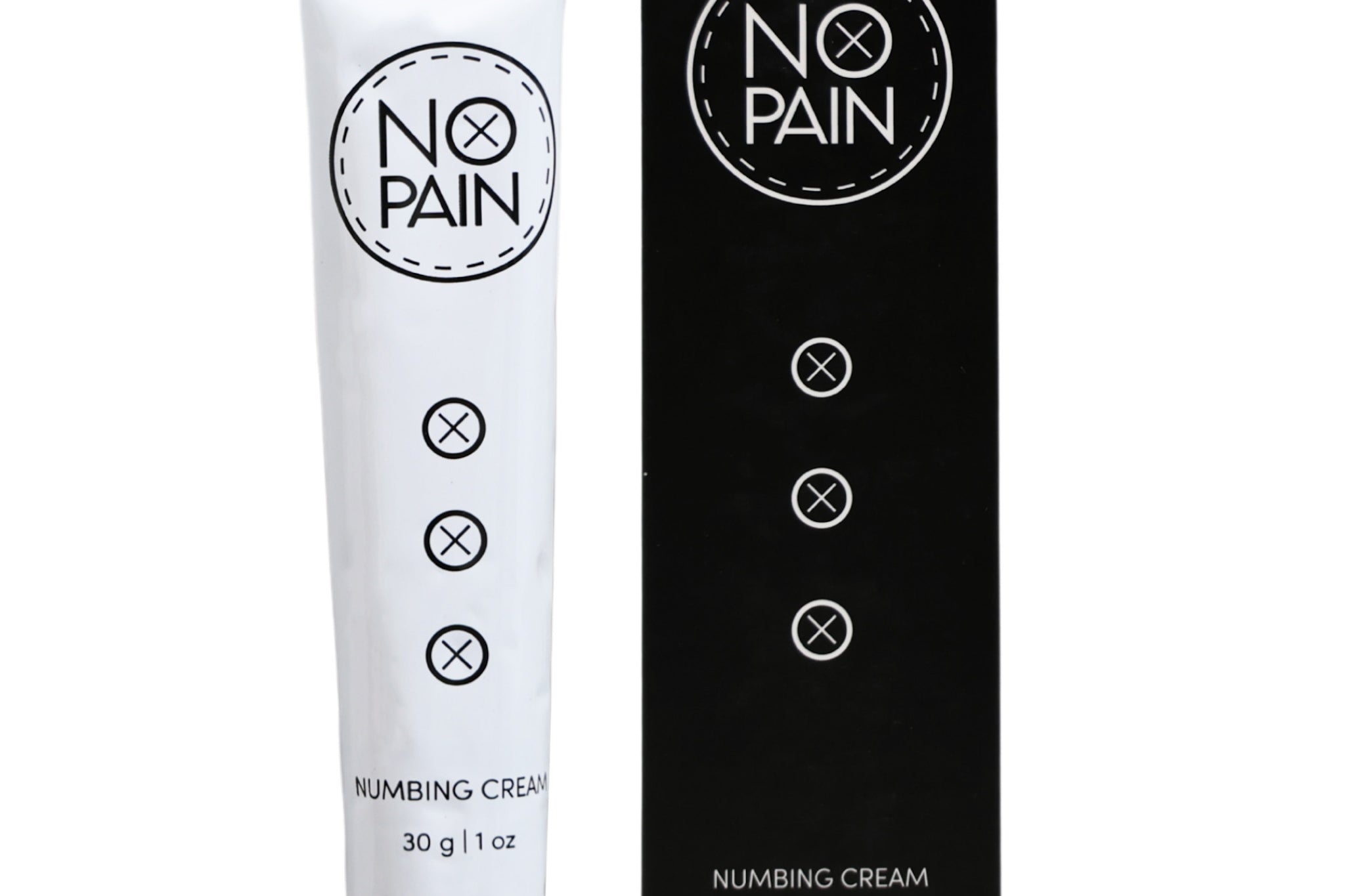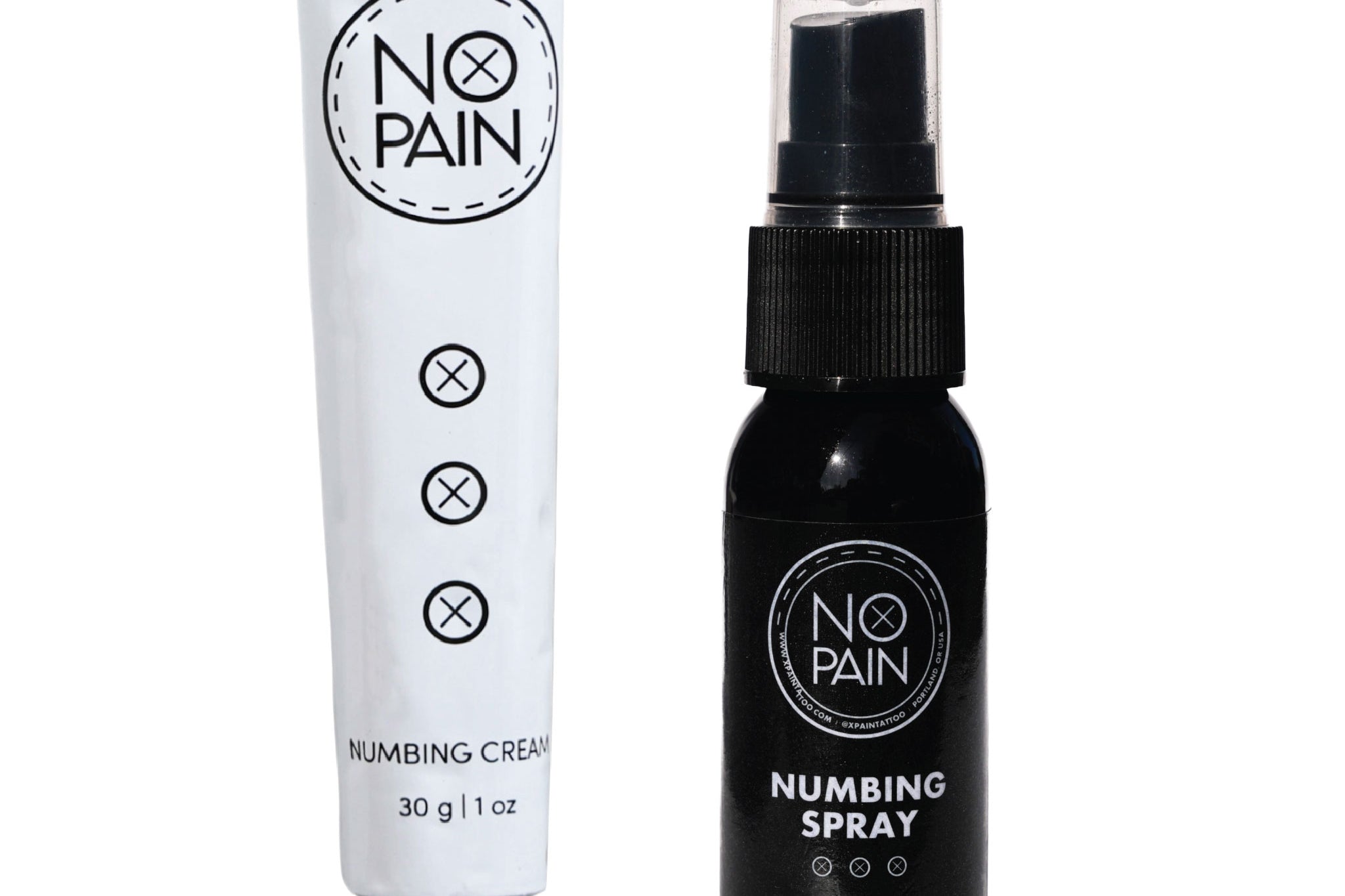You have an old tattoo that's solid black. Maybe it's a tribal design from years ago, a silhouette that you've outgrown, or just a piece that has blurred into a dark patch. As you're thinking about how to change it, a seemingly simple and logical idea might come to mind: "Can an artist just tattoo over the black parts with white ink to cover it up?"
It's one of the most frequently asked questions in the world of tattoo cover-ups. Because it's asked so often, it's important to be direct with the answer:
No, you cannot effectively or permanently cover up a solid black tattoo with white ink.
While it sounds like a simple fix, tattoo ink and skin don't work that way. This guide will break down the science of why this method fails, what white ink is actually good for, and the real, effective options you have for dealing with that unwanted black tattoo.
The Science: Why White Ink Fails on Black Ink
The biggest misconception about tattooing is thinking of ink like opaque paint that can be layered on a canvas. A more accurate analogy is to think of it like watercolor being absorbed by paper.
Tattoo ink is not layered on top of the skin; it's deposited into the dermis, the second layer of your skin. When an artist attempts to put white ink over existing black ink, both pigments end up co-existing and mixing in the same layer of skin.
In a fight between dense, carbon-based black ink and the pigments in white ink, black will always win.
-
What happens? At best, the white ink might temporarily lighten the black to a muddy, inconsistent grey. More often, the white ink will barely show up at all. Over a short healing period, your body's immune system will often break down the less-durable white pigment, and the original black tattoo will reappear, sometimes looking even messier than before.
What is White Ink Actually Used For?
White ink is a critical tool for any artist, but its strength is in creating contrast, not coverage. Its primary, effective uses are:
-
Creating bright highlights on clean, un-tattooed skin to make a design "pop."
-
Mixing with other colors to create a wider, more pastel color palette.
-
Creating subtle, standalone all-white tattoos (which come with their own longevity challenges).
In all these cases, the white ink is interacting with your natural skin tone, not trying to fight a dominant black pigment underneath.
The Real Solutions for an Unwanted Black Tattoo
So, if white ink isn't the magic eraser you hoped for, are you stuck? Absolutely not. You have several highly effective options to fix or cover your old piece.
1. Laser Tattoo Removal for a Cover-Up
This is the gold standard and most effective method for dealing with dark, unwanted ink. You don't necessarily have to remove the tattoo completely. Just 2 to 4 sessions of laser treatment can significantly lighten the old black tattoo. This "knocks back" the darkness, creating a much lighter canvas for an artist. This opens up a world of possibilities for a new, vibrant cover-up tattoo that wouldn't have been possible before.
2. A Creative Cover-Up Design
A skilled artist who specializes in cover-ups can work magic. The key is that the new design must be bigger and darker than the old one. The artist will cleverly use the darkest parts of the new design (heavy black shading, deep blues, or purples) to completely hide the old black tattoo underneath.
3. The "Blast-Over"
This is a modern, artistic approach where you don't try to hide the old tattoo at all. Instead, a new design is tattooed directly over the old one, and the old black tattoo is intentionally left visible in the negative spaces, creating a complex, layered, and textured look.
Aftercare for Your New Beginning
Whether you choose to lighten your tattoo with a laser and get a new cover-up, or opt for a creative rework, you are starting a new tattoo journey. The aftercare for this new piece is absolutely critical to ensure it heals vibrantly and the old tattoo stays hidden for good.
-
Our No Pain Tattoo Aftercare Bundle provides the complete system for a perfect heal. Using the No Pain Tattoo Cleansing Foam will prevent infection, while the No Pain Tattoo Aftercare Balm will lock in the new, dense ink.
The Verdict: While you can't simply paint over the past with white ink, you have incredible options for transforming it into a future you're excited to wear on your skin.





